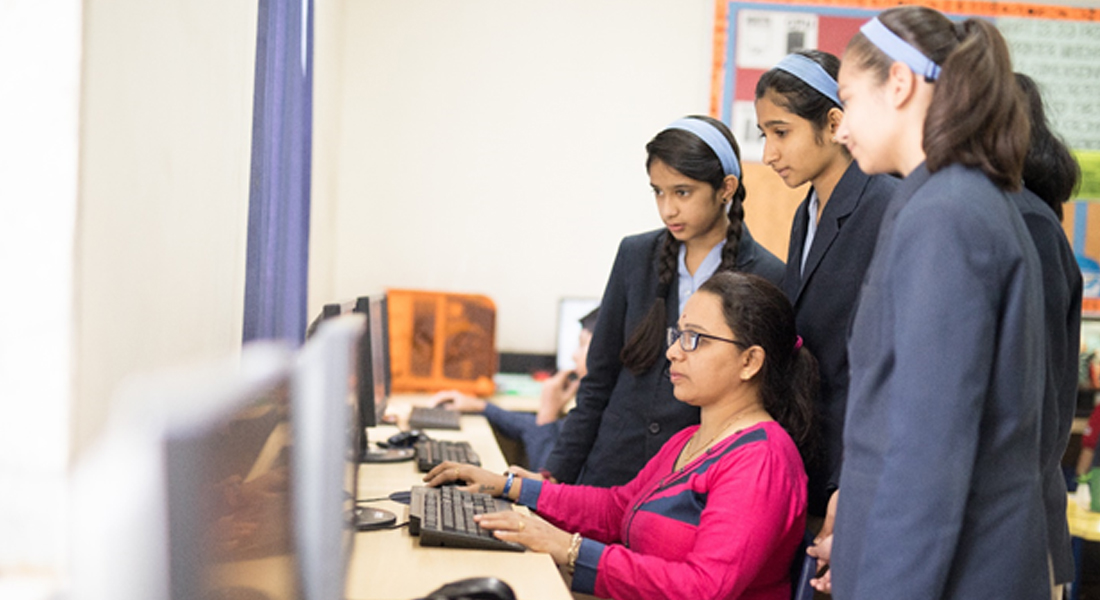In today’s rapidly evolving digital landscape, children’s ability to navigate and thrive in the digital world is of paramount importance. Digital literacy goes beyond mere technical skills. It encompasses a broader range of knowledge, skills, and attitudes that empower children to safely and effectively engage with digital technologies. This article explores the significance of digital literacy in children, the challenges they face, and the steps necessary to cultivate their digital fluency.
Understanding the Scope of Digital Literacy:
Digital literacy encompasses various aspects of a child’s life, from play and socializing to learning and participating in the digital realm. It is crucial for children to develop digital literacy even when they are offline, as technologies such as facial scanning and artificial intelligence significantly impact their lives. A strong foundation in digital literacy equips children with the skills required to navigate future educational and employment opportunities.
Integration into Skills Development:
Digital literacy is a vital component of any comprehensive approach to skill development. UNICEF recognizes the significance of digital literacy and includes it in its framework for preparing children and adolescents for school, work, and life. Alongside digital literacy, other interconnected skills, such as foundational skills, transferable skills, and job-specific skills, contribute to a well-rounded education.
Tools for Development and Assessment:
Numerous digital competence frameworks have been developed by international agencies and companies to guide the development and assessment of digital literacy. These frameworks establish the boundaries of digital literacy and inform curricula and assessments. Although most frameworks address citizens of all ages, there is a growing need to focus on digital literacy specifically for children. Emphasizing their unique needs allows for the adoption of rights-based approaches that prioritize expression, play, and holistic development.
The Challenges Ahead:
Despite the importance of digital literacy, few programs operate at scale or have undergone thorough evaluation. The lack of global consensus and standards poses challenges for governments and stakeholders in designing and implementing effective initiatives, especially in developing countries. Additionally, UNICEF’s digital literacy programs would benefit from enhanced coordination and systematic knowledge sharing regarding their efficacy and impact.
Overcoming Barriers to Implementation:
Implementing digital literacy programs faces several barriers, including a lack of teachers’ and trainers’ capacity, insufficient ICT infrastructure, limited connectivity in remote areas, and a lack of understanding among decision-makers. To address these challenges, there is a need for policy development support, digital literacy frameworks, curriculum guidelines, and practical tools such as training manuals and toolkits.
Leveraging Existing Frameworks:
UNICEF can leverage existing digital literacy frameworks that align with its objectives. For example, the DigComp framework by the European Commission and the Digital Kids Asia-Pacific framework developed by UNESCO Asia and Pacific Regional Office have proven useful. By tailoring these frameworks to prioritize children’s needs, UNICEF can maximize their value and effectiveness.
Context-Driven Approaches:
To implement digital literacy programs effectively, it is essential to consider the local context. Simply importing programs from elsewhere may not yield the desired outcomes. An integrated approach to digital literacy involves conducting a preliminary diagnostic review of the local context, developing operationalization guidelines, and conducting impact assessments to ensure that initiatives are tailored to specific needs and yield measurable results.
At Podar Smarter Schools, we truly believe in equipping children with tools that enable them to become global citizens and adapt to new changes and challenges that lie in their path.
